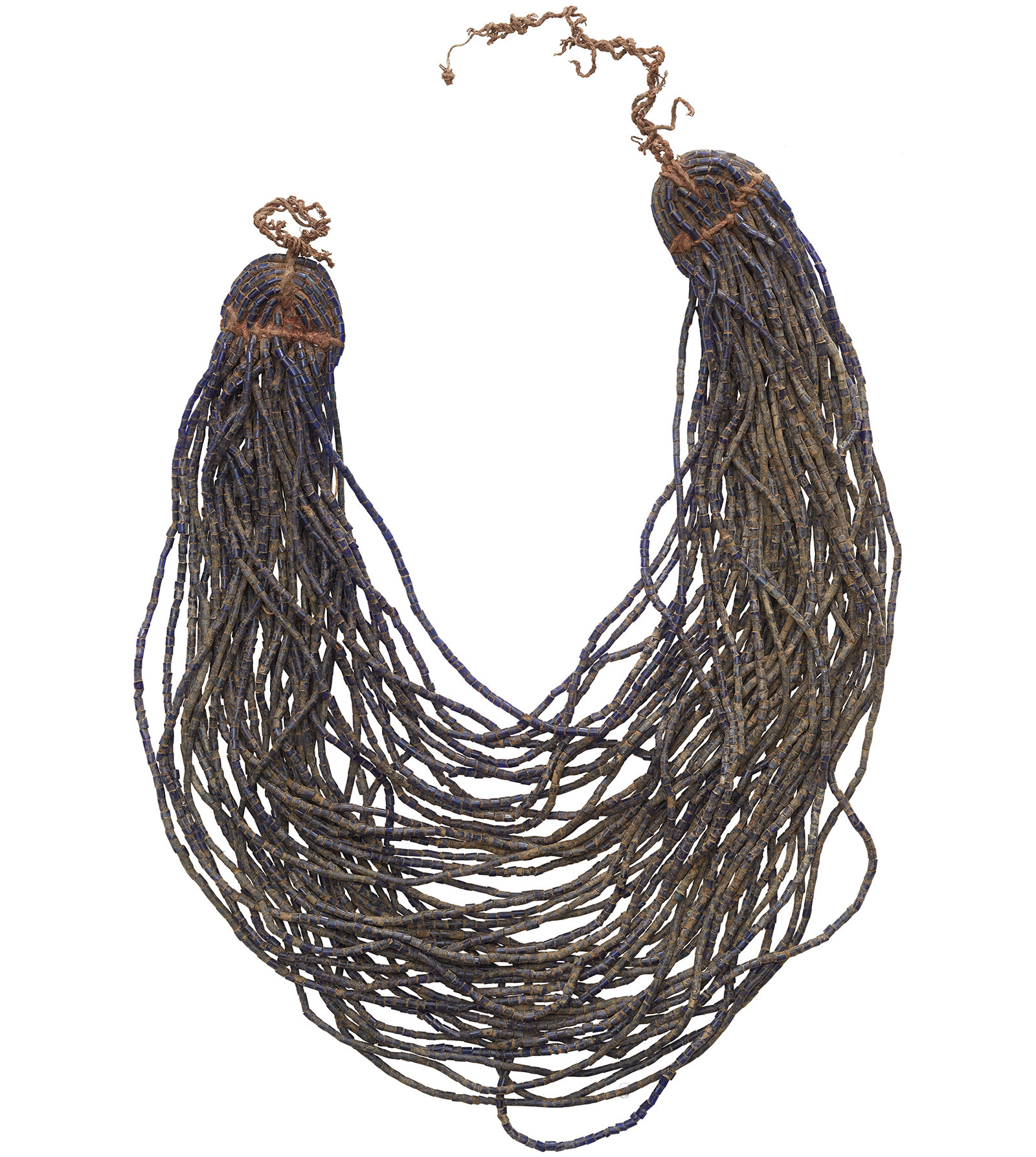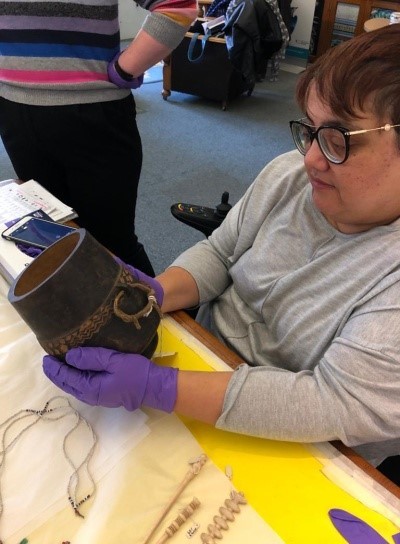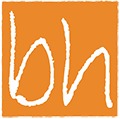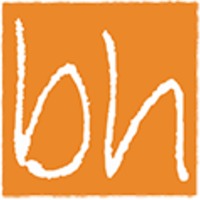William Charles Willoughby, the three African Kings & their 1895 visit to Sussex.
Item
Title
William Charles Willoughby, the three African Kings & their 1895 visit to Sussex.
Creator
Description
INTRODUCTION - William Charles Willoughby was born in 1857 in Redruth, Cornwall, England. Ordained as a minister in 1882, he was swiftly appointed to the Central African Mission of the London Missionary Society and was posted to Zanzibar as a joint leader of a bullock caravan that was heading to Unwamyezi. His first visit to Africa ended almost before it could begin as he came down with Malaria and had to return to England recover. He was to stay in England for ten years before returning to Africa in 1893.
In the 10 years he was in England Willoughby got married, had children and moved to Birmingham. Eventually in 1889, he was appointed Pastor of the Union Street Church in Brighton, Sussex.
Willoughby was the Pastor at the Union Street Chapel for five years before leaving Brighton in 1893 and going first to South African and then onto Botswana to become a missionary, this time taking his wife and three young children with him.
In the 10 years he was in England Willoughby got married, had children and moved to Birmingham. Eventually in 1889, he was appointed Pastor of the Union Street Church in Brighton, Sussex.
Willoughby was the Pastor at the Union Street Chapel for five years before leaving Brighton in 1893 and going first to South African and then onto Botswana to become a missionary, this time taking his wife and three young children with him.
RESEARCH ACTIVITIES - Our research methods were located primarily in Brighton itself with The Keep being utilised on many occasions along with Brighton Museum due to them holding/storing many items donated by Willoughby in 1936. Willoughby donated over 100 African artefacts, some of which are included in this report. The Keep was a treasure trove of documents with regard to Willoughby’s time as Pastor at the Union Chapel and these included various Pamphlets/papers recording Willoughby’s ministerial time/duties in Brighton. We made liberal use of the internet, especially the newspaper archive, (www.britishnewspaperarchive.co.uk) because during the three Kings visit to England in 1895 their trip was extensively reported in many newspapers all over the country. We also utilised other online resources such as www.ancestry.com, www.findmyfast.co.uk and the National Archives.
We also utilised Brighton Museum and Libraries and were able to view many artefacts that Willoughby donated to the museum in 1936. This is an extensive collection that is primarily in storage. Willoughby donated 129 items to the museum and we able to see about 25 to 30 items.
Willoughby’s collection is a snap-shot of African life. Some of the items were made for the European market (information provided by Tshepo Skwambane) but the rest were primarily for the use of the indigenous population.
We also utilised Brighton Museum and Libraries and were able to view many artefacts that Willoughby donated to the museum in 1936. This is an extensive collection that is primarily in storage. Willoughby donated 129 items to the museum and we able to see about 25 to 30 items.
Willoughby’s collection is a snap-shot of African life. Some of the items were made for the European market (information provided by Tshepo Skwambane) but the rest were primarily for the use of the indigenous population.
FINDINGS - Howard Willoughby (Perth, Scotland 1886 – Serowee, South Africa 1902) son of William Charles Willoughby) was aged eight years old during the visit to England in 1895. He spoke fluent Setswana. It was reported that he acted as an unofficial interpreter for the Kings. It was also said that he was the interpreter of choice for King Khama, who was very fond of the boy but there is a possibility it was because Howard would be more honest in his translation from English to Setswana than any adult interpreter.
In the Sussex Daily News, dated 1st September 1895, it was reported that the three Kings were invited to visit “the Elm Grove Board School, Brighton” at the request of G.E.Singleton, Chairman of the Managers of the school. Interpreting was once again provided by Howard Willoughby. This visit was apparently a great success, warranting quite a long piece in the Sussex Daily News .
We were keen to know what the Chapel would have looked like in the 18th and 19th century. We found an engraving done by William Alexander showing post 1823 arrangement, attributed to "H. Wilds, Architect" It can be found online.
1895 was the Centenary celebration of the founding of the London Missionary Society so religious fervour in Britain was at its zenith. Whether Willoughby chose this particular year on purpose for the three Kings to visit in order to heighten their cause’s exposure is unknown. Either way their visit was a success. Royal Museums Greenwich has a medal commemorating the centenary in their collection, you can see it online.
Whilst in England the three Kings were able meet Queen Victoria and they ceremoniously exchanged gifts. This was of course reported in the newspapers of the day.
Khama obviously had an acute understanding of the Englishman residing in Africa. A quote by Khama taken from Willoughby’s typed letter to friends in England is extremely telling.”There are no Englishmen here,[upon his return to African] if you want to know what an Englishman is, go to England and see him.”
Khama could be an astute diplomat when the need arose. In 1897 he offered Cecil Rhodes his regiments to help build the Bechuanaland Railway. Reading Willoughby’s letter written in 1896, it is clear that the Missionary was aware of this but this was a time of Empire and the Noble African was there to be protected rather than listen too.
RECOMMENDATIONS
1. Photos taken at the Elm Grove School, along with the visitors book that were signed by the three Kings is a potential further avenue of research that we were unable to undertake due to issues with linking in with the Elm Grove school.
1. Photos taken at the Elm Grove School, along with the visitors book that were signed by the three Kings is a potential further avenue of research that we were unable to undertake due to issues with linking in with the Elm Grove school.
2. Researching the location of the teenager Howard Willoughby’s grave in Botswana due to his importance as a child interpreter in 1895.
3. The visit of George Holyoake, (1817-1906) the well known secularist and socialist to the Union Street Chapel, Brighton on the day the three Kings were also in Brighton (Sunday 15th September 1895) gives rise to some interesting questions. In his book King Khama Emperor Joe and the Great White Queen – Victorian Britain through African Eyes, Neil Parsons’s states,”the chiefs were not paraded before the congregation, on the contrary being relegated to a back pew.” Was this because Holyoake was intrinsically an atheist and his well argued views might make Khama look at Christianity in a different light or was it just simply Colonial racism at play?
4. Further research into the Willoughby collection held in the Brighton Museum.
5. Three Kings as a learning resource for Schools
REFERENCES/SOURCES
a. Programme for Recognition Service to Welcome the Rev. W. C. Willoughby as Minister of the Union St. Congregational Church on Tuesday June 18th 1889
b. Flyer offering “A Short Course of Five SUNDAY EVENING LECTURES on the Church by the Rev. W. C. Willoughby” at the Union Street Congregational Church – Oct 6th, Oct, 13th, 20th, 27th, Nov, 3rd 1889
c. Letter of resignation of his post as Secretary to the Trustees of the Union Chapel Schools in Brighton – Date 1st October 1895
• John Rutherford, Little Giant of Bechuanaland – A Biography of William Charles Willoughby Missionary and Scholar, - Pub 2009 Mmegi Publishing House, Botswana
• Neil Parsons, King Khama Emperor Joe and the Great White Queen – Victorian Britain Through African Eyes, - Pub 1998 – University of Chicago Press, USA
• South Africa Correspondence Relative to the Visit to this Country of the Chiefs Khama, Sebele and Bathoen, and the Future of the Bechuanaland Protectorate – Presented to Parliament by Command of her Majesty in Feb 1896 – Pub by Her Majesty’s Stationery’s Office, England (Archived in Birmingham & provided by Professor JoAnn McGregor, Dept of Geography, School of Global Studies, University of Sussex, Brighton)
• Royal Pavilion Review July 2004 - Brighton Meets Botswana - Pg 3-4
• Letter typed by William Charles Willoughby to friends in Brighton in 1895 with regard to the three Kings visit to England – (Archived in Birmingham & provided by Professor JoAnn McGregor, Dept of Geography, School of Global Studies, University of Sussex, Brighton)
a. Programme for Recognition Service to Welcome the Rev. W. C. Willoughby as Minister of the Union St. Congregational Church on Tuesday June 18th 1889
b. Flyer offering “A Short Course of Five SUNDAY EVENING LECTURES on the Church by the Rev. W. C. Willoughby” at the Union Street Congregational Church – Oct 6th, Oct, 13th, 20th, 27th, Nov, 3rd 1889
c. Letter of resignation of his post as Secretary to the Trustees of the Union Chapel Schools in Brighton – Date 1st October 1895
• John Rutherford, Little Giant of Bechuanaland – A Biography of William Charles Willoughby Missionary and Scholar, - Pub 2009 Mmegi Publishing House, Botswana
• Neil Parsons, King Khama Emperor Joe and the Great White Queen – Victorian Britain Through African Eyes, - Pub 1998 – University of Chicago Press, USA
• South Africa Correspondence Relative to the Visit to this Country of the Chiefs Khama, Sebele and Bathoen, and the Future of the Bechuanaland Protectorate – Presented to Parliament by Command of her Majesty in Feb 1896 – Pub by Her Majesty’s Stationery’s Office, England (Archived in Birmingham & provided by Professor JoAnn McGregor, Dept of Geography, School of Global Studies, University of Sussex, Brighton)
• Royal Pavilion Review July 2004 - Brighton Meets Botswana - Pg 3-4
• Letter typed by William Charles Willoughby to friends in Brighton in 1895 with regard to the three Kings visit to England – (Archived in Birmingham & provided by Professor JoAnn McGregor, Dept of Geography, School of Global Studies, University of Sussex, Brighton)
Publisher
Making African Connections
Date
Thursday 6th February 2020
Identifier
BHBH
Source
This report was created for the MAC project by Brighton and Hove Black history. In 1895 Khama III, Sebele I and Bathoen I visited the UK during a trip W C Willoughby helped to facilitate. They visited Brighton on two occasions. The research was undertaken by Suchi Chatterjee and Bert Williams.
Linked resources
Filter by property
| Title | Alternate label | Class |
|---|---|---|
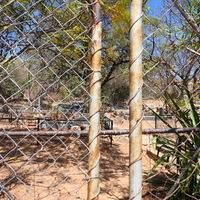 Visit to the European Cemetery, Serowe Visit to the European Cemetery, Serowe |
Event | |
| William Charles Willoughby (1857-1938) | Agent |

